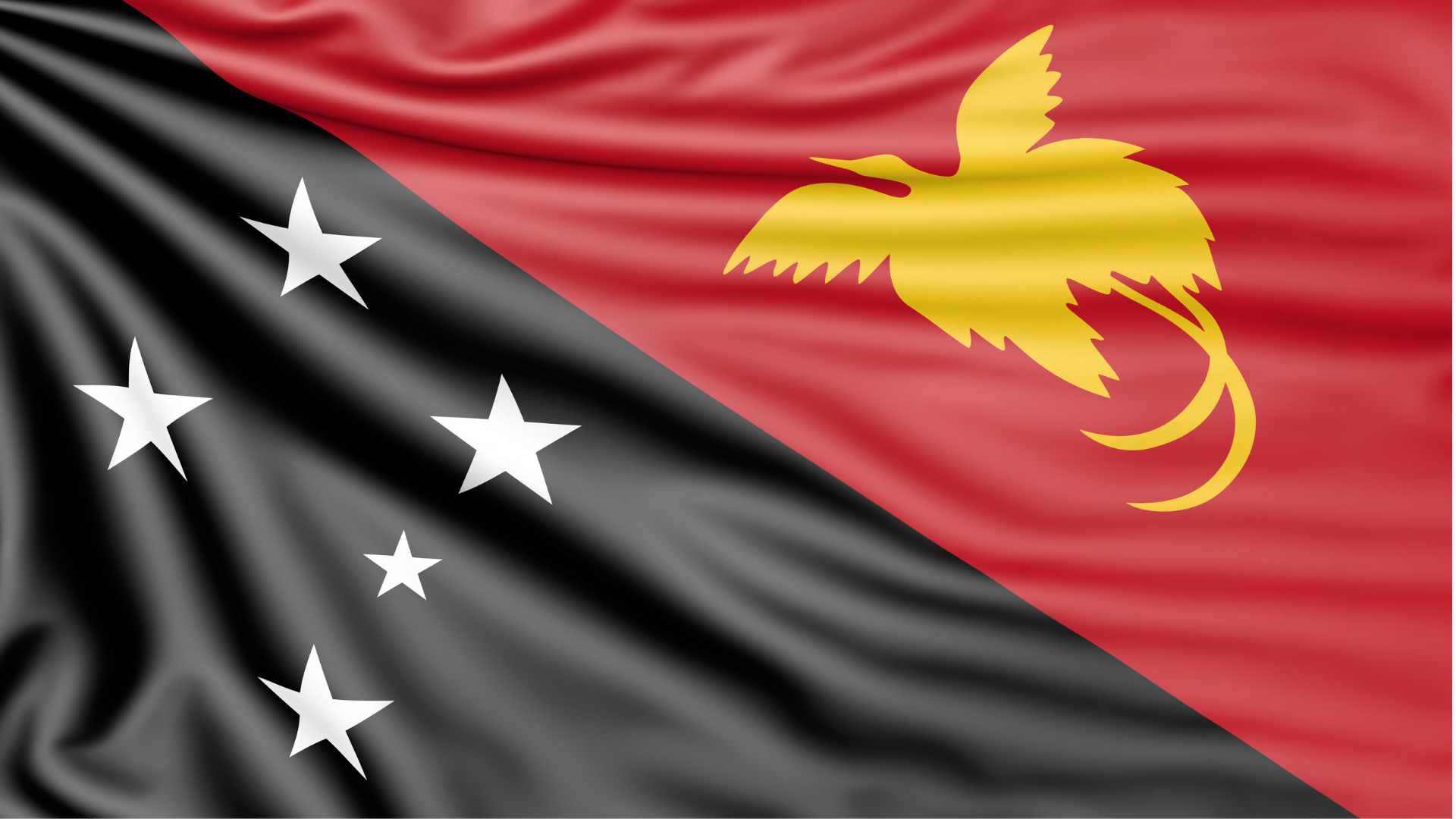The Americas / Indigenous Peoples – How will Canadian Courts Interpret the United Nations Declaration on the Rights of Indigenous Peoples (“UNDRIP”)
In the last 30 to 40 years, Canadian case law and legislation on Indigenous rights have evolved. For example, Canadian courts have articulated the substance of principles such as the duty to consult, fiduciary duty and Honour of the Crown. Moreover, Canada’s constitution which was patriated in 1982, entrenched Aboriginal and treaty rights in section 35 of the Constitution Act, 1982. The Supreme Court of Canada has clarified that reconciliation is the grand purpose of section 35.
This article explores how Canadian courts have interpreted the United Nations Declaration on the Rights of Indigenous Peoples (“UNDRIP”).
The United Nations (“UN”) describes UNDRIP as “the most comprehensive international instrument on the rights of indigenous peoples.” UNDRIP addresses a variety of indigenous rights. Some of these include self-determination, self-government, education, lands, and resources. UNDRIP was adopted by the UN General Assembly on September 13, 2007. Initially, 143 states voted in favour, 4 voted against, and 11 abstained. Those four countries were Australia, Canada, New Zealand and the United States of America.
Despite Canada’s initial refusal to sign UNDRIP, Canada endorsed UNDRIP in 2016. The case law that followed this decision demonstrated that Canadian courts perceived UNDRIP as aspirational, but not as a document that created substantive rights. For example, in Manitoba Metis Federation Inc. v The Government of Manitoba et al., 2018 MBQB 131, the Court of Queen’s Bench of Manitoba dismissed a motion brought by the Manitoba Metis Federation in the context of a judicial review application. With respect to the Indigenous group’s submissions on the applicability of UNDRIP, the Court noted the following:
[85] I have examined carefully the provisions of … UNDRIP. There is no question that [it] create[s] a strong aspirational impetus which should guide in the formulation and development of the strategy for reconciliation. Whatever that strategy may be… UNDRIP…[does not] create specific substantive or legal obligations respecting discretionary decisions regarding the expenditure of public funds (emphasis in original).
Three years after Canada’s endorsement of UNDRIP at the UN, the province of British Columbia enacted legislation incorporating UNDRIP with the Declaration on the Rights of Indigenous Peoples Act (“DRIPA”).
The federal government followed shortly after British Columbia’s provincial legislation enactment. On June 21, 2021, Canada implemented UNDRIP by proclaiming The United Nations Declaration on the Rights of Indigenous People Act. With this proclamation, UNDRIP became more than just a declaration that the federal government endorsed. It now became a source of interpreting Canadian law (as stated in its preamble).
Appreciating how UNDRIP will shape Canada’s case law is premature. UNDRIP has not yet made its way to Canada’s nine Supreme Court judges since it has been federally enacted. Nevertheless, since June 2021, some trial level courts have considered litigants’ submissions on the applicability of UNDRIP.
In the early days of 2022, the Supreme Court of British Columbia issued its decision in Thomas and Saik’uz First Nation v Rio Tinto Alcan Inc., 2022 BCSC 15 (“Rio Tinto Alcan”). Two plaintiff First Nations groups (Saik’uz First Nation and Stellat’en First Nation) brought an action against Rio Tinto Alcan, British Columbia, and Canada. This was a complex trial that lasted 189 days spanning one and a half years. The two plaintiffs (1) claimed an Aboriginal right to fish, (2) asserted Aboriginal title to lands, and (3) invoked their Aboriginal rights as the basis for bringing tort claims in nuisance and for breach of riparian rights.
The facts of the case are as follows. Both plaintiffs had reserves on the Nechako River. The Kenney Dam was built near the Nechako River to “facilitate the production of hydropower for the smelting of aluminium.” British Columbia authorized Rio Tinto Alcan to build this dam in the 1950s. However, the dam changed the flow of water significantly affecting fishery in the river.
One of the arguments advanced by the plaintiffs was that UNDRIP should be used as an interpretive tool in support of Aboriginal rights under section 35(1) of the Constitution Act, 1982. Meanwhile, the defendants argued that “UNDRIP is merely an international declaration of a sort that has never been implemented as law in Canada … and is simply “a forward-looking” statement of intent that contemplates an “action plan” yet to be prepared and implemented by either level of government.”
With respect to the parties’ submissions on UNDRIP, the trial judge held:
In essence, then, UNDRIP states in plain English that Indigenous peoples such as the plaintiff First Nations in this case have the right to own, use, and control their traditional lands and territories, including the waters and other resources within such lands and territories. It is not difficult to see how such principles might readily apply to the plaintiffs’ claims in this case.
Next, the trial judge found that he was bound by precedent and left it to the Supreme Court of Canada to determine the effect of UNDRIP legislation on the common law. However, the trial judge held that “[e]ven if [UNDRIP] is simply a statement of future intent, I agree it is one that supports a robust interpretation of Aboriginal rights.”
This recent case from British Columbia indicates that UNDRIP can provide a framework for approaching and understanding Indigenous rights in Canada. However, what substantive rights UNDRIP creates and how it can be used as an interpretive tool, are questions that remain unanswered.




